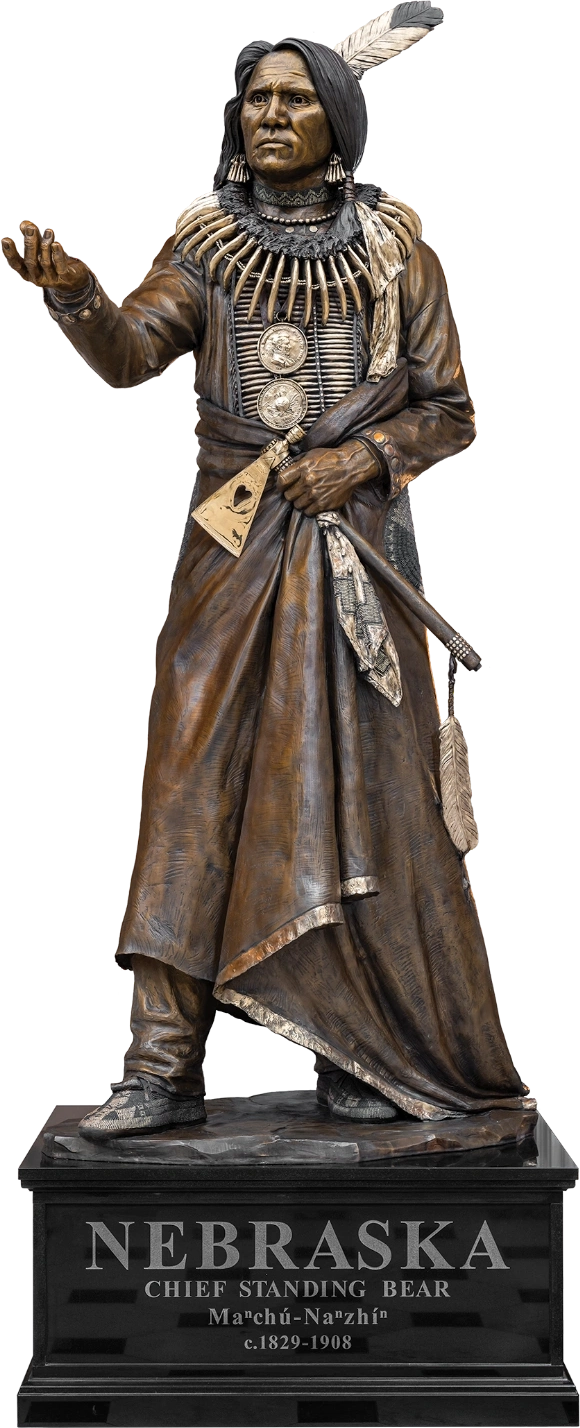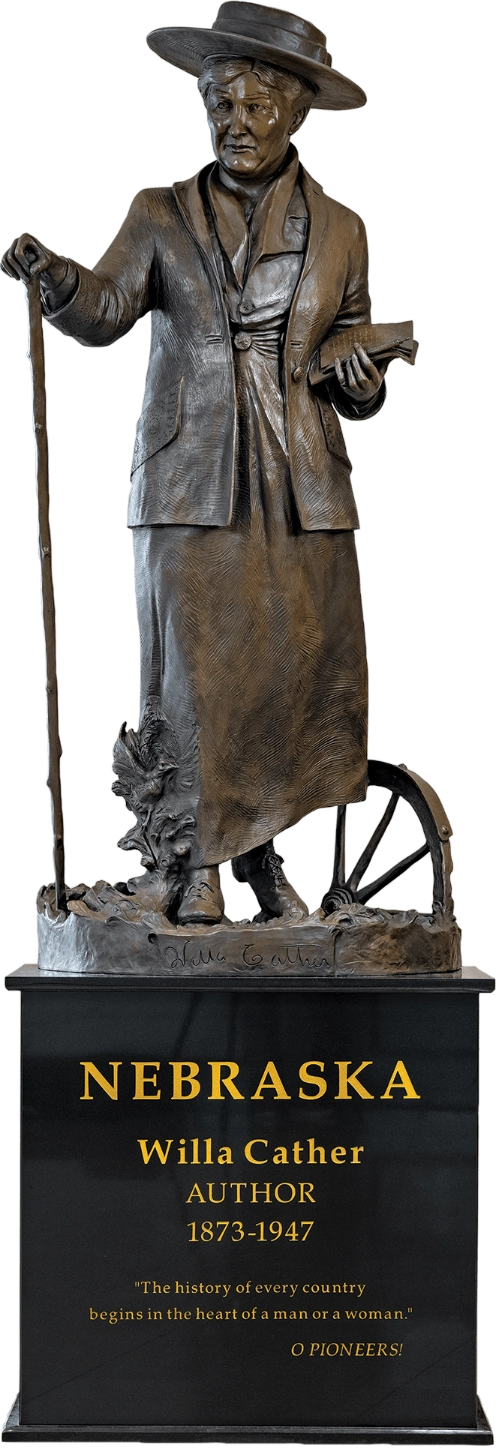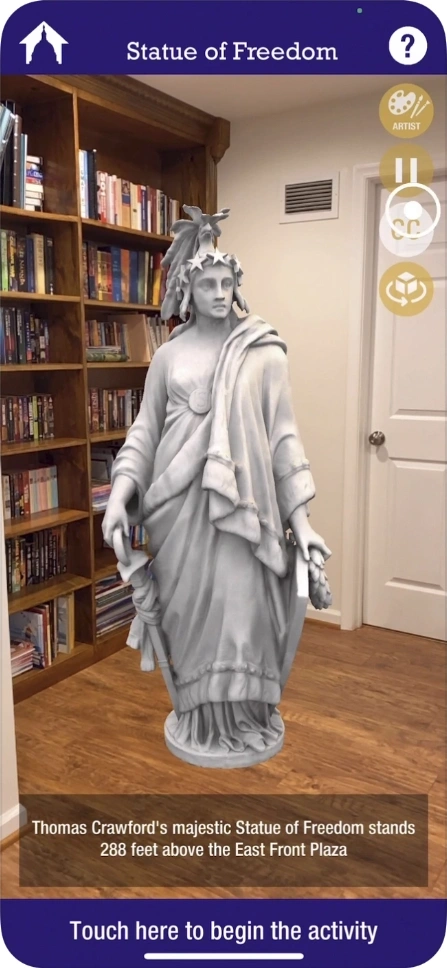Standing Bear
National Statuary Hall
Benjamin Victor (2019)

About This Statue
Born around 1829 in present-day Nebraska, Chief Standing Bear of the Ponca tribe was the central figure of an 1879 court case that established that Native Americans are "persons" under the law and are entitled to the same rights as anyone else in the nation.
- In 1877 the U.S. Government forced the Poncas' relocation, causing starvation and disease that claimed almost a third of the tribe, including Standing Bear's first son, Bear Shield. Standing Bear and several dozen followers were arrested trying to honor his son's wish that he be buried in his Nebraska birthplace. Defense attorneys challenged the detention in U.S. District Court. The government responded that Standing Bear had no right to sue because an Indian was not a "person" under the meaning of the law.
- The case of United States ex rel. Standing Bear v. Crook was tried May 1-2, 1879. Standing Bear's statement evoked our common humanity: "My hand is not the color of yours, but if I pierce it, I shall feel pain. If you pierce your hand, you also feel pain. The blood that will flow from mine will be the same color as yours. The same god made us both. I am a man."
- On May 12, the court ruled that "an Indian is a PERSON." The Poncas were released from custody and returned to their home along the Niobrara River where they buried Bear Shield's remains in his tribe's traditional land.




